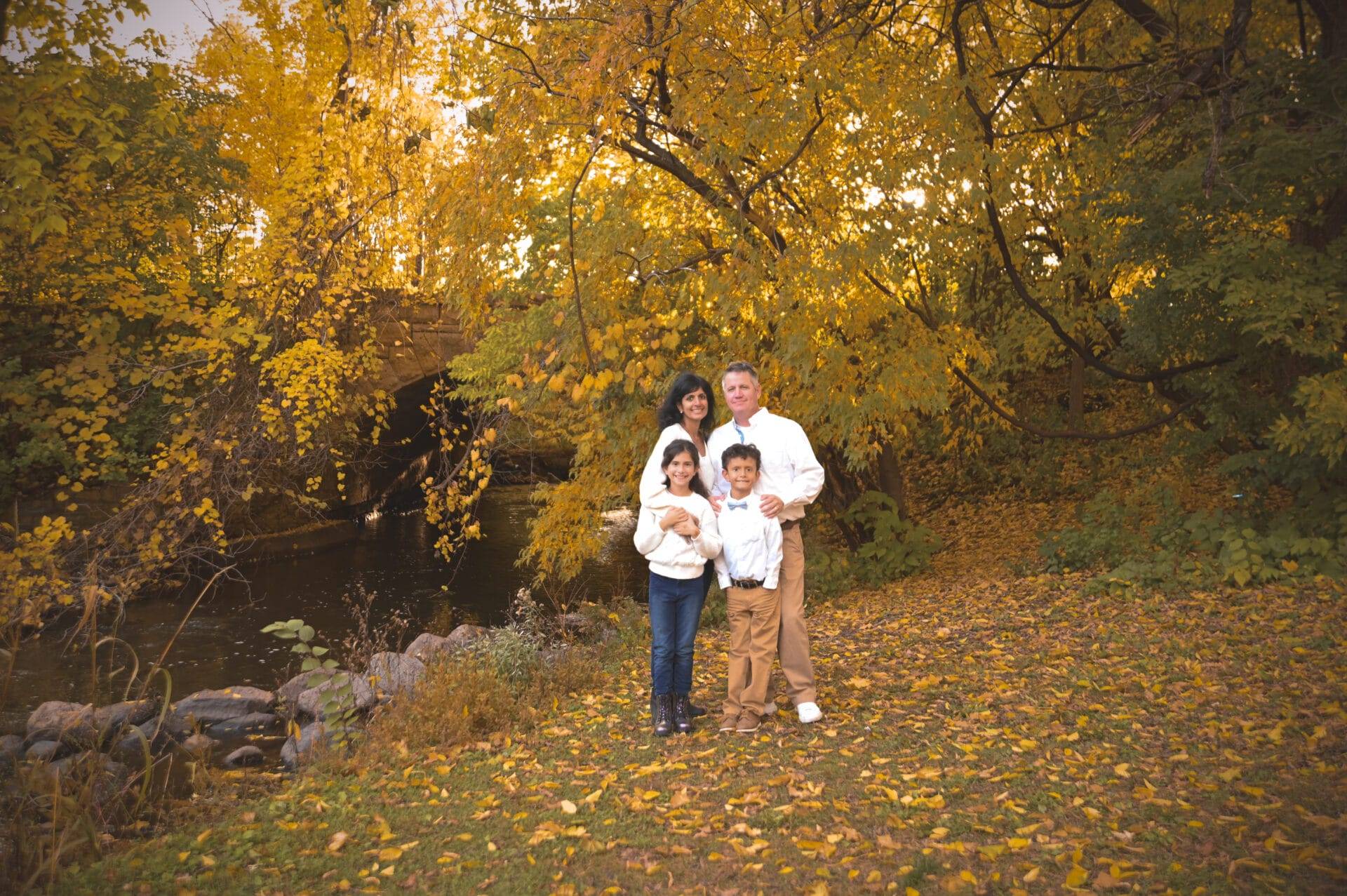Did you ever put your flash unit in manual mode? Did you ever manually turn on the flash when taking a day time outdoor photo? For many the answer to both questions is “no”. For most amateur photographers flash is just a solution for taking photos when there is not enough natural light. Although a legitimate use of flash photography there is much more ways to efficiently use flash. In this article we will cover the various types of flash units available, the different scenarios under which they can be used, the advantages of using flash to achieve better photos and the common mistakes people do when using flash photography.
As with any other technology knowing how it works behind the scenes and what your options are can help in better utilizing it for your advantage. Flash photography has been around for more than a hundred years. It started with a dangerous and manually controlled technology that used a powder that was lit by either fire or electrical current. These flash solutions were both dangerous and hard to use since the flash was not automatically synchronized to the camera’s shutter. Modern flash units use an electronic flash tube that is synchronized with the camera’s shutter. When turning the flash on the photographer does not need to worry about flash timing – the camera takes care of it automatically.
There are two types of flash units: Internal and External. The internal flash unit is built-in to your camera. It can be controlled through the camera’s menus. Some low end cameras only allow the use of their built-in units. Some low end cameras and all high end cameras also allow the attachment of an external flash unit. External flash units are either attached to the camera’s body through a dedicated slide-in slot or are connected to the camera using a cable. They vary in strength: how much light can they generate for how long – and in mechanical characteristics, can they be tilted or skewed or are they fixed in relation to the camera’s body. Regardless of the connection type external flash units are electronically connected to the camera and are synchronized with the shutter.
When setting your flash unit to automatic mode the camera fires the flash in scenarios where not enough light is available. Many times the camera will make a wrong judgment and will either fire or not fire the flash when the opposite was needed. Also in some scenarios the camera will not be able to tell that firing the flash will actually result in a better photo. One problem when using a flash is washed out photos. When the flash is too strong or the object is too close to the camera the result is a washed out photo there are not enough details and the object appears to be too white or too bright. Another problem is a photo with too many details: in some scenarios the flash can create artificial shadows and lights which result in a photo that includes details that are exaggerated relative to their appearance in real life. For example when taking a photo of an older person skin wrinkles and imperfections can look much worse than they really are in real life.
It is important to know the limitations of the flash unit. Any flash unit has a certain amount of light that it can generate. Usually this amount can be translated to an effective range for using the flash. When trying to take a photo with the object too far (more than the flash unit range) the object will appear dark. When trying to take a photo with the object too close to the camera the object will be washed out or too white. It is important to know your flash range and make sure that your object is within that range.
If you need to take a photo with your objects not within your flash unit range it is better to turn off the flash completely and use a tripod with long exposure. Using the flash in such scenarios can fool the camera into setting a high shutter speed which results in a photo darker than a photo taken without using the flash at all.
In some scenarios the camera will not automatically fire the flash although using the flash would have resulted in a much better photo. One such scenario is taking a photo during day time when the object is shadowed. For example if the object is wearing a hat the hat can block the light from the object’s face or when the object is lit from the side the object’s nose can block the light creating a shadow. In such scenarios the flash unit can be set to “fill in” mode. The flash will be fired to fill-in those shadowed areas but it will not be fired strong enough to wash out the photo.
Another scenario is when the sun is behind the object. One example is taking a photo on the beach against a sunset. If taken without a fill-in flash the result will most likely be a silhouette of the object. If taken with a fill-in flash and the object in range the result will be a clear photo of the object against a sunset.
In conclusion your flash unit can be a great tool. Although for many using the flash in automatic mode is enough for the more sophisticated photographer who wants to achieve higher quality photos understanding and experimenting with the flash unit can yield great results. Following some simple rules such as making sure objects are within the flash unit range and using fill-in flash when shadows can appear on the objects is easy and significantly improves your photos.
If you would like to learn more about flash and strobe lighting, sign up for our newsletter by clicking here



